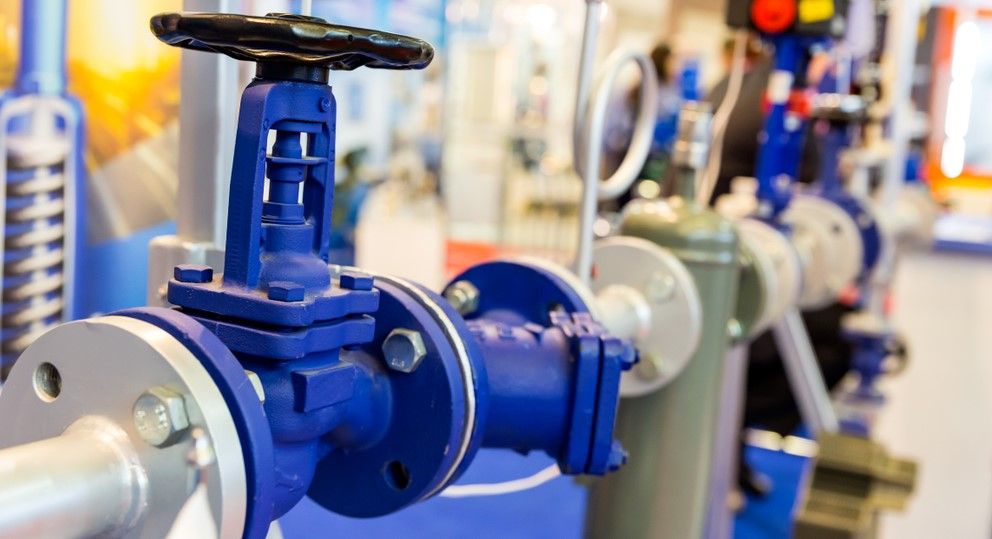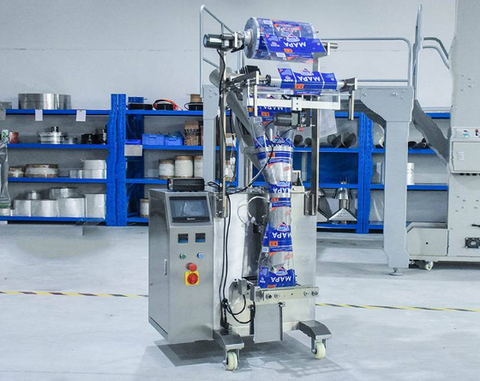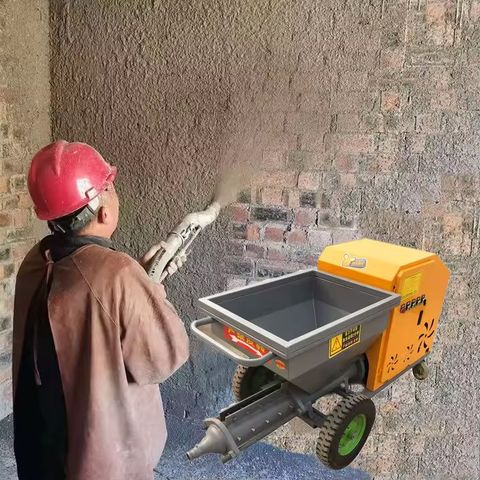The Ultimate Guide to Valves: Types, Applications, and Insights
Valves are mechanical devices designed to control, direct, or regulate the flow of liquids, gases, or slurries within a system. They exist because industries, infrastructure, and daily life require reliable control over moving fluids. From simple household plumbing systems to large-scale oil pipelines and power plants, valves are a foundational technology.
Valves come in many designs—such as gate, globe, ball, butterfly, and check valves—each suited to specific tasks. They may regulate flow, allow or prevent passage, or protect systems by releasing excess pressure. Without valves, the safe and efficient operation of countless industrial, commercial, and domestic systems would not be possible.

Importance
The importance of valves extends far beyond technical engineering—they influence safety, efficiency, and sustainability worldwide.
-
Safety assurance: Valves prevent uncontrolled leaks, backflow, or explosions by managing pressure and flow.
-
Process control: Industries like pharmaceuticals, food and beverage, and chemicals rely on valves for precision in production.
-
Energy efficiency: Proper valve systems help reduce unnecessary energy use by maintaining optimal flow conditions.
-
Environmental protection: Valves prevent emissions and leaks that could harm air, soil, or water quality.
-
Infrastructure support: Water treatment plants, gas distribution networks, and electricity generation facilities all depend on valves.
This makes valves essential not only for industrial operators but also for public health, environmental protection, and reliable access to resources like clean water and energy.
Recent Updates
Valves have evolved significantly, with the past year bringing important innovations and industry developments:
-
IoT-enabled smart valves (2024): Integration of sensors allows real-time monitoring, data collection, and predictive maintenance. This reduces downtime and increases safety.
-
Sustainability-driven designs (2024): Valves are being optimized to limit fugitive emissions, especially in chemical and oil industries.
-
Hydrogen-ready valves (2025): With global investments in hydrogen energy, new valve designs now address challenges like hydrogen embrittlement and leakage prevention.
-
Digital twin technology (2025): Virtual valve systems are being used in training and predictive modeling, improving operational readiness.
-
Additive manufacturing (2025): 3D printing is increasingly used for rapid prototyping of valve components, shortening design cycles and allowing for custom applications.
Industry forecasts suggest steady market growth between 2025 and 2030, largely due to infrastructure modernization, renewable energy adoption, and automation trends.
Laws or Policies
Valves are governed by strict international and regional regulations, ensuring safety and environmental compliance:
-
ASME Standards (United States): Govern the design and testing of valves used in pressurized systems.
-
API Standards: The American Petroleum Institute sets requirements for valves used in oil and gas pipelines.
-
Pressure Equipment Directive (European Union): Establishes rules for valves operating in pressurized systems within Europe.
-
ISO Standards: Provide international frameworks for valve design, safety, and testing, ensuring global consistency.
-
Environmental policies: Many countries now require low-emission valves, especially in refineries and chemical plants, to meet climate commitments.
Government infrastructure programs in Asia-Pacific, Europe, and North America are also increasing demand for modern valve technologies in water management, energy, and smart city projects.
Tools and Resources
Several resources help engineers, technicians, and students better understand valve selection and performance:
-
Valve sizing calculators: Online tools assist in determining the appropriate valve size based on system conditions like pressure and flow rate.
-
Simulation software: Programs such as ANSYS, MATLAB, and COMSOL allow testing valve designs under real-world conditions.
-
IoT monitoring dashboards: Cloud-based platforms track valve health and alert operators to maintenance needs.
-
Technical handbooks: Widely referenced guides such as Crane Technical Paper No. 410 provide fluid mechanics data and valve application insights.
-
Educational portals: Engineering institutions and technical associations host webinars, online courses, and training materials covering valve design and operation.
FAQs
What are the main types of valves?
The most common types include gate, globe, ball, butterfly, and check valves. Each is designed for specific uses such as throttling flow, ensuring tight shutoff, or preventing backflow.
How are valves used in daily life?
Beyond industrial systems, valves are present in household plumbing, heating systems, irrigation equipment, and even appliances like washing machines.
What makes smart valves different?
Smart valves include sensors that provide real-time data, allowing remote monitoring, predictive maintenance, and integration into automated systems.
Why are hydrogen valves gaining attention?
With global interest in hydrogen energy, valves capable of handling hydrogen safely are critical. These valves must withstand high pressure and minimize leakage risks.
How do international standards affect valves?
Standards like ISO, API, and ASME ensure valves meet safety, performance, and environmental requirements. Compliance helps guarantee reliability across industries worldwide.
Conclusion
Valves are fundamental to modern infrastructure, spanning everything from everyday plumbing to complex energy networks. Their importance lies in ensuring safe operations, efficient processes, and reduced environmental risks.
With innovations in smart monitoring, digital twin technology, and hydrogen-ready designs, valves are becoming more advanced and aligned with future energy and sustainability goals. Global regulations, coupled with new tools and resources, ensure that valves remain safe, efficient, and reliable components in a rapidly changing industrial landscape.





